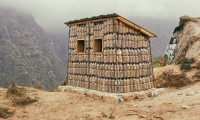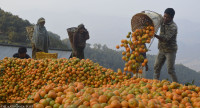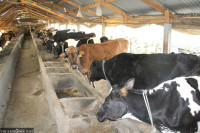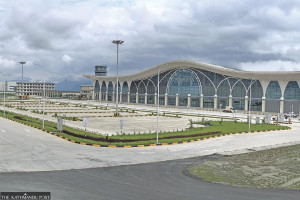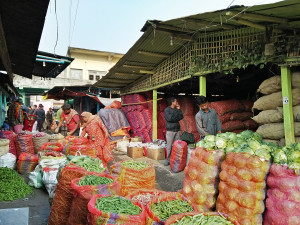Money
Legume imports reach Rs5b in first 11 months
Nepal imported legumes worth nearly Rs5 billion in the first 11 months of the current fiscal year, the statistics of the Birgunj Customs Office show. Legumes like peas, beans, lentils and soybeans are mostly imported from Australia, Ukraine and New Zealand.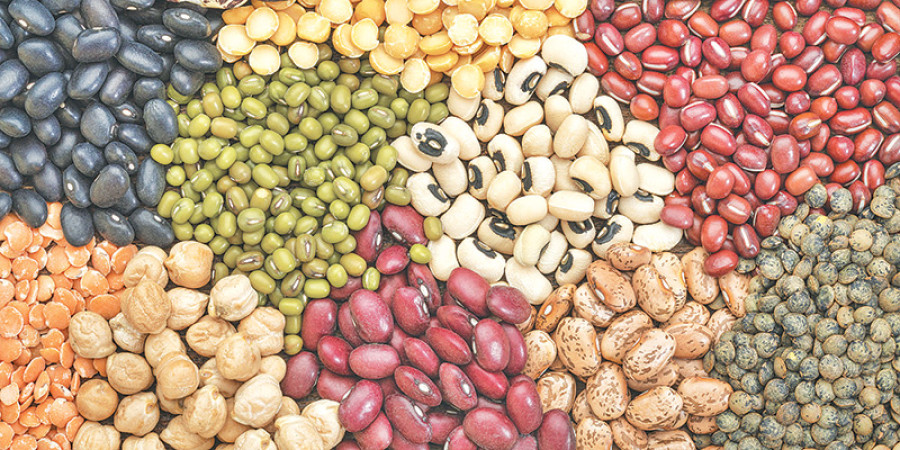
Shankar Acharya
Nepal imported legumes worth nearly Rs5 billion in the first 11 months of the current fiscal year, the statistics of the Birgunj Customs Office show. Legumes like peas, beans, lentils and soybeans are mostly imported from Australia, Ukraine and New Zealand.
According to the data, 26,900 tonnes of peas worth Rs1.20 billion, 34,900 tonnes of soybean valued at Rs1.67 billion and 1,939 tonnes of pulses worth Rs163.5 million were imported in the first 11 months of the current fiscal year ending mid-July.
The government collected fees and customs duty amounting to Rs120 million on peas and Rs78 million on soybeans. Likewise, 976 tonnes of beans worth Rs73.2 million were imported during the review period.
The customs statistics show that lentil imports accounted for the highest share of legume imports. The country imported 16,800 tonnes of lentils worth Rs1.31 billion.
Nepal is the world’s fifth largest producer of lentils. According to the Food and Agriculture Organization (FAO) of the United Nations, Nepal produced 226,830 tonnes of lentils in 2014 to take the fifth place behind Canada, India, Australia and Turkey.
The FAO’s statistics show that Nepal’s lentil output stood at 206,969 tonnes in 2011, 208,201 tonnes in 2012 and 226,931 tonnes in 2013. The country accounts for nearly 4.64 percent of the world’s total output of lentils. In South Asia, Nepal’s share comes to 16 percent.
The common variety grown in Nepal is ‘masoor’. It has a brown skin and is orange inside.
Likewise, gram imports amounted to 7,300 tonnes worth Rs552.8 million in the first 11 months of the current fiscal year. Experts said that despite Nepal being an agrarian country, imports of agricultural products had been growing each passing year.
According to Surya Sedai, chief of the Birgunj Customs Office, soybeans among legumes are particularly used to prepare feed for livestock. He said that customs duty on agricultural products was relatively low.




 19.12°C Kathmandu
19.12°C Kathmandu
